Why Proptech Success Requires a Strong Physical Security Foundation
Proptech is growing fast — in its capabilities, in its adoption, and in its potential to further transform commercial real estate in multiple interconnected ways. Far more than just smart home or smart building technology, proptech changes fundamental aspects of commercial real estate and building management.
But there’s a gap between proptech’s potential and its successful implementation. Just as businesses across the industry spectrum are realizing that digital transformation requires deeper changes than it may seem at the surface, the property market is encountering hurdles to the proptech revolution.
At System Surveyor, we believe there’s a close (if not necessarily obvious) connection between proptech and physical security. Even more importantly, physical security (and following best practices within it) is the key to unlocking successful proptech integration.
In this month’s post, we’ll show you how these two concepts connect and what that means for integrators and physical security leaders.
But first, let’s start with a definition.
What Is Proptech, Exactly?
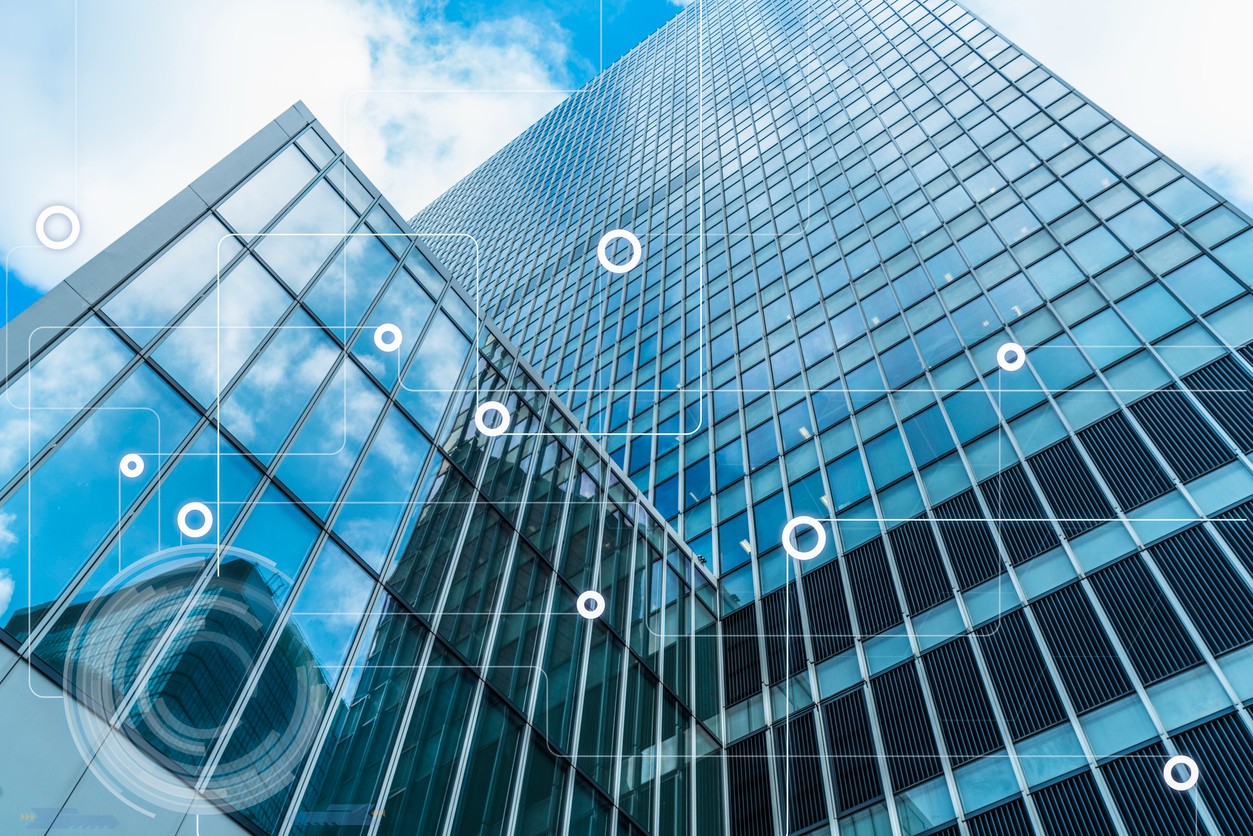
Proptech as a category is quite wide ranging and still new enough that a clear definition can be hard to come by. According to TechTarget.com:
Proptech is a blanket term for the various technologies informing and powering every element of commercial, multifamily, and enterprise properties,
including leasing, property management, security, and more.
It’s IoT connected smart devices embedded in properties. It’s the software and systems that power and bring clarity to the state of buildings. It includes connected security systems, HVAC, access, lighting, and more—along with the infrastructure and platforms connecting all of these devices and solutions together.
In other words, it’s the “smart-ening” of commercial real estate (smart buildings) and the systems that make those smart capabilities work — along with digital backend systems connecting facility management, office management, cleaning services, and more.
Why Is Proptech Important?
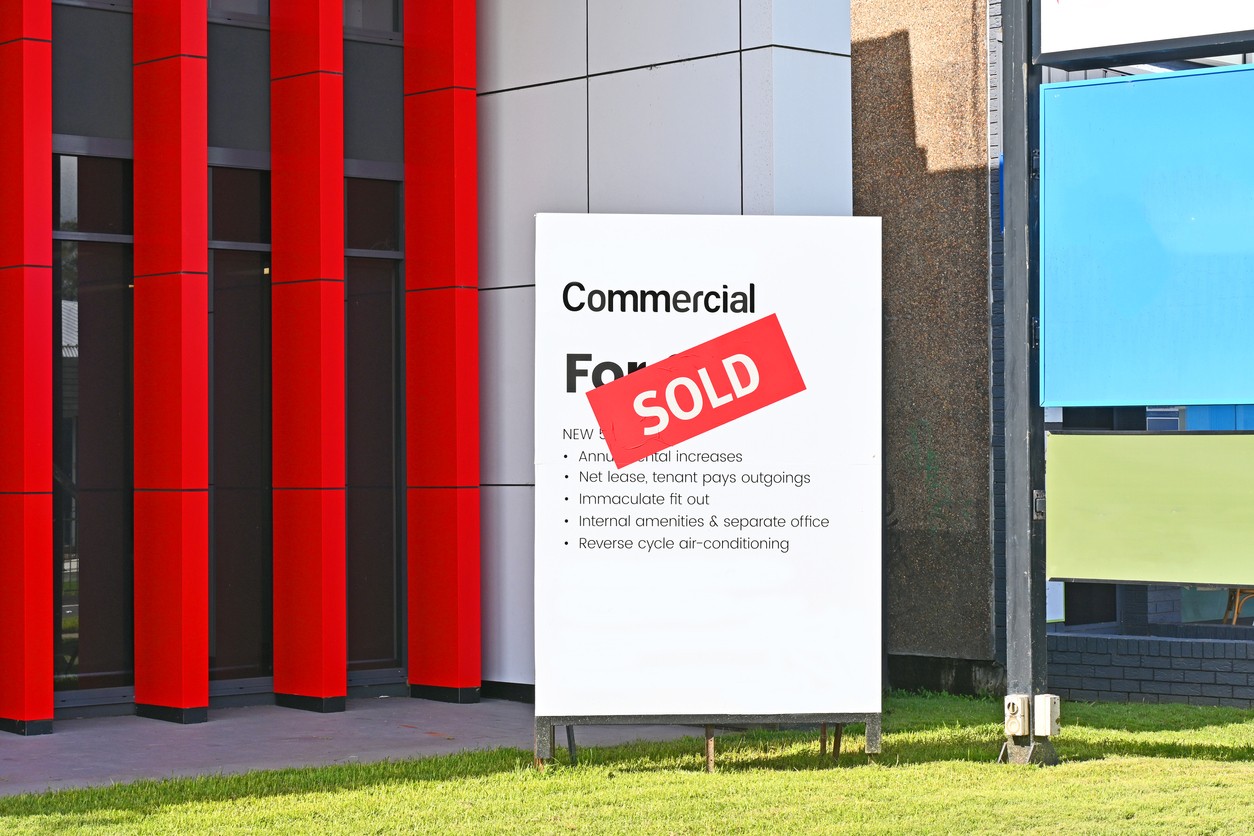
Proptech is the group of technologies bringing commercial real estate, construction, and building design into the modern era. The term “digital transformation” is often overused, but it’s highly applicable here: an industry that deals in physical materials often assembled based on paper blueprints is running faster and faster into a future where technology is embedded in every layer of construction.
The mentality of yesteryear, where wood and glass and concrete were a wholly separate sphere from wiring and electronics and tech, will become less and less sensible as we move forward. Technology is infusing every part of the property industry.
If this sounds distressing to some, perhaps it should. There’s a gulf between the methods and systems that served the industry in decades past and the methods and systems that enable a proptech-friendly future.
Understanding these connections in a holistic way is difficult. So, let’s focus in on just one slice of the market: physical security.
What Can Proptech Deliver Today?

What’s possible right now in new construction or even retrofitting? Consider the advantages and implications of a scenario like this one compared to the current status quo:
A visitor walks into the building using their mobile phone credentials versus a key card. The lights automatically turn on and the green building HVAC automatically switches to an intelligent visitor mode, tailored to the occupancy and location of the visitor. As you scale out this system to include staff, customers, students, or anyone else in an access control area, security can track capacity numbers and make real-time decisions about personnel deployment or even camera use.
Further, facilities teams receive automatic alerts on whether restrooms need attention. Food service gains intelligent monitoring of food storage and stock levels, and other consumable needs (from vending machines to stockroom items automatically track levels and order more at the right moment.
Out in the parking garage, smart technology automatically keeps track of capacity and, where appropriate, tracks which vehicles are coming and going.
And all this is just a sample of what today’s new or retrofitted smart office might look like. The potential applications in coming years are nearly endless.
Connecting the Dots Between Physical Security and Proptech
Proptech is interesting, you say, but why are we talking about it on a blog that centers on physical security?
The answer is simple: proptech is inextricably linked to physical security and the transformation that’s necessary in the security space. Allow us to connect the dots and show you why this is the case.
Physical Security is Foundational to Proptech
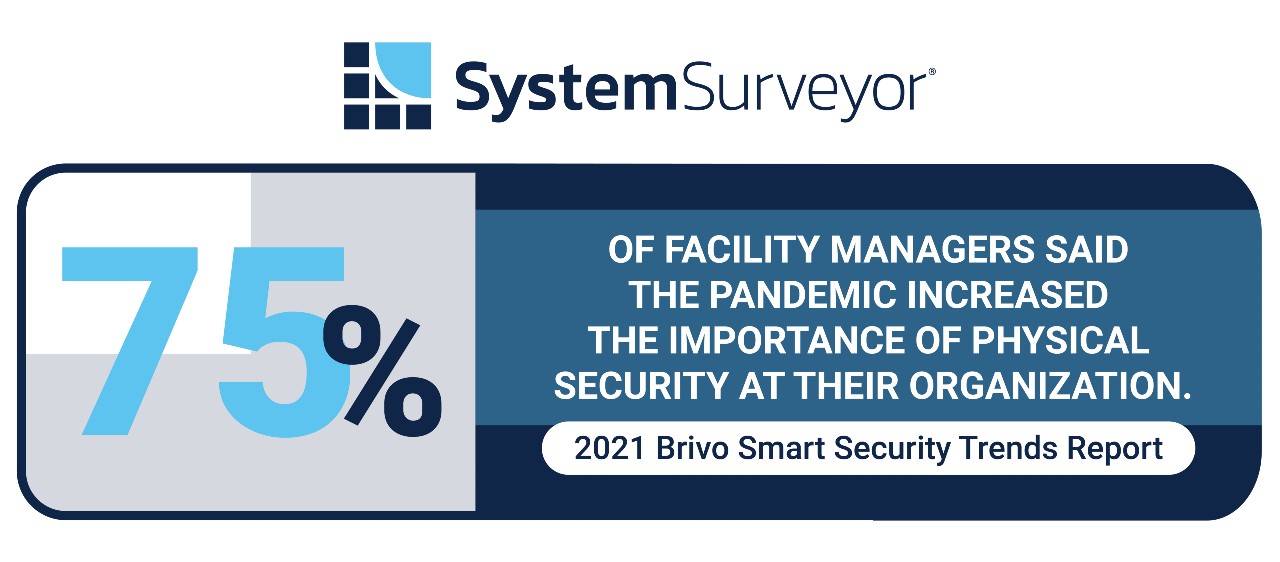
Proptech is far more expansive than physical security; nevertheless, physical security is foundational to a successful proptech transformation. That’s one of the conclusions the Security Industry Association (SIA) reached in its 2022 Security Megatrends report.
In the report, Brivo president Steve Van Till said, “The proptech revolution is providing a huge brand uplift for the security industry as more and more analysts appreciate that we are a foundation technology for the digital transformation of real estate.”
Any smart system needs eyes and ears, and physical security provides these and more. Access control systems regulate who goes in and out; video surveillance shows the same along with what’s happening in a given space; alarm sensors monitor building conditions and activity.
These systems have traditionally been independent, isolated, and disconnected from any broader technology or infrastructure. But that’s changing.
As integrators, builders, and developers commit more fully to proptech, they’re integrating physical security technology into the broader proptech ecosystem and using it in new and increasingly powerful ways.
And the technologies themselves are improving — AI and facial recognition are transforming video surveillance systems from manually interpreted visual records to smart, even real-time analysis of who is and isn’t in a space.
In a 2021 report from Brivo, 75 percent of those polled indicated that physical security became more important on an organizational level during the pandemic.
Not only that, the burgeoning proptech industry is driving significant growth in access control. What was once an isolated or separate system is now being integrated into a broader suite of tools and systems. One estimate finds the industry will quadruple in size by 2027, reaching $20 billion in revenue.
A Common Pain Point
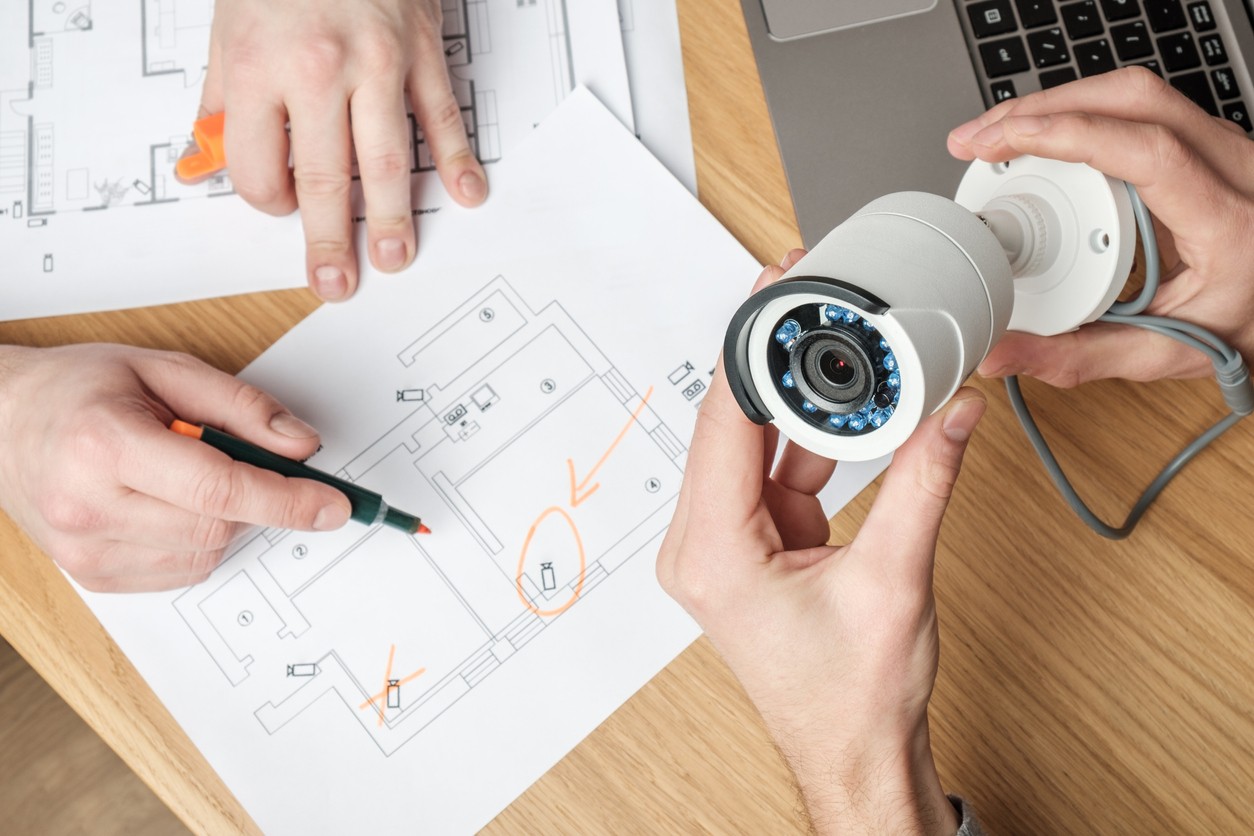
Property owners, property managers, and system integrators alike share a common pain point, one that stands in the way of this digital transformation. That pain point is the system of record they have for the various systems and layers of a property. Physical security, HVAC, lighting, and often structural blueprints all exist in paper form, nothing more. In some cases, there’s a PDF of that paper plan, but it’s still static and out of date, and it quickly gets muddled by multiple versions with differing (even conflicting) markup.
Even worse, these systems of record are all independent of one another. In nearly every case, there is no comprehensive system of record that pulls together all these systems. And there’s certainly no living system of record, one that can be updated as systems age and components get replaced.
Digital Collaboration Is the Linchpin
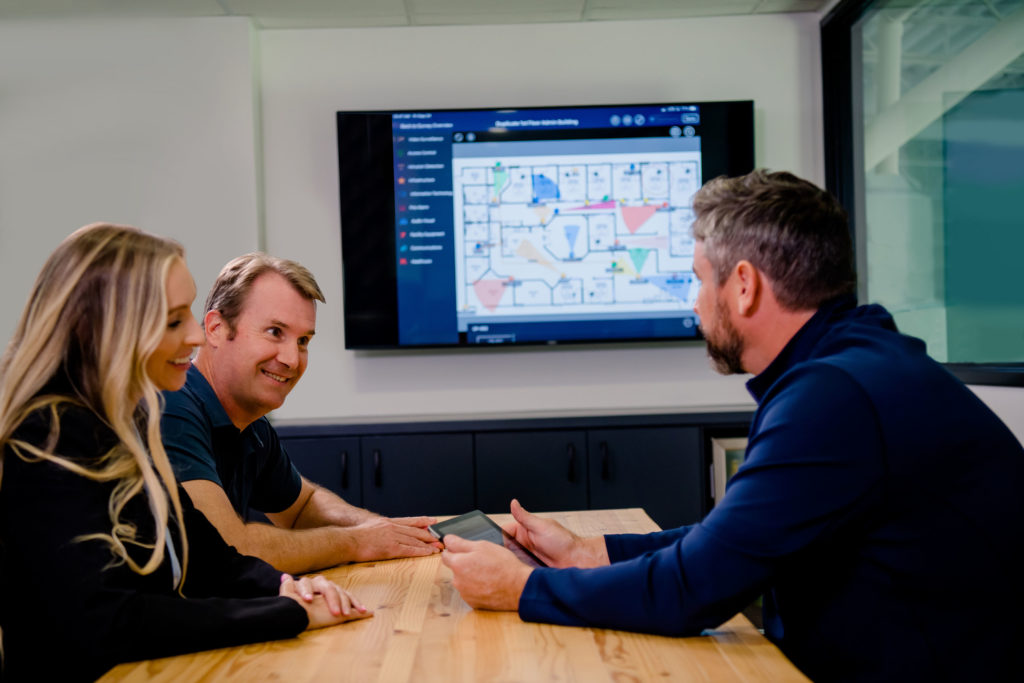
As we look toward a proptech future (and even a proptech present), one conclusion is clear: the paper- and PDF-based workflows of the past few decades are no longer sufficient. Consider the many reasons why:
- They are unreliable
- They can be easily lost
- The data within them cannot be easily extracted
- Updating them (beyond handwriting or PDF markup) is not possible
- When commercial property changes hands, those paper records almost always walk out the door with the previous tenant.
But above all, they hinder the transition to smart buildings and proptech because they are static in nature and do not show the relationships between devices, locations, software and systems
Smart building functionality only exists when multiple systems can be integrated. But before any systems can be integrated, we must identify what systems are in place and where each physical component to those systems is located.
As a primary tool for identifying what’s where and how existing systems are or aren’t connected, digital collaboration is the linchpin. It’s the central piece that enables physical security and other electronic systems to be mapped out in such a way that they can serve their purpose in proptech and digital transformation.
System Surveyor is Foundational to Planning and Maintaining Physical Security
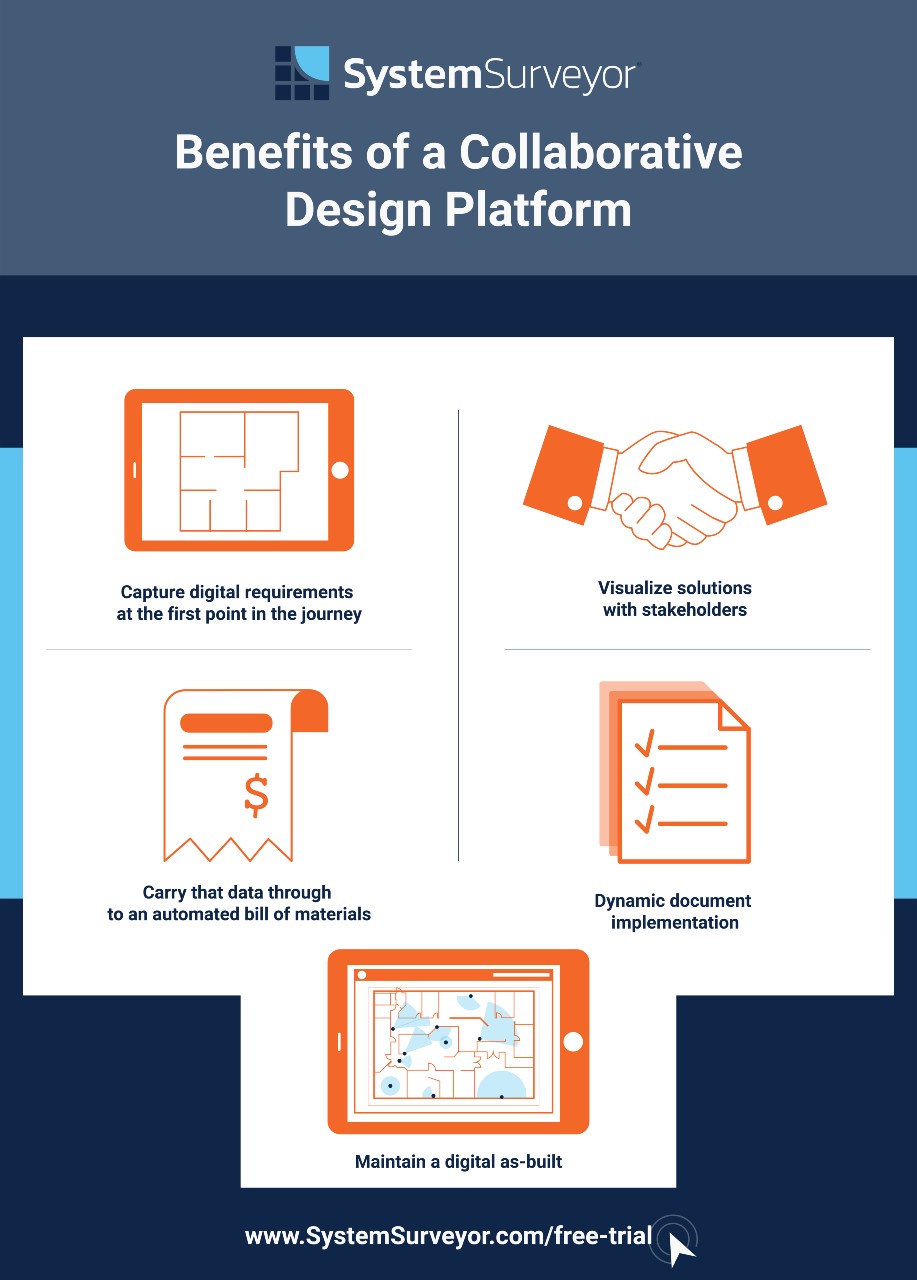
If physical security is foundational to proptech (and it is), then live, digital systems of record (such as those System Surveyor makes possible) are the foundation to smart physical security.
Paper schematics won’t get that job done.
To move forward into a holistic and successful proptech future, all parties involved in the building, maintaining, and operating of commercial smart buildings need a unified and up-to-date system of record. They need a system of record they can update in real time, and one that’s stored in the cloud where all who need it can access it.
System Surveyor is playing a pivotal role in the digital transformation of physical security and related technologies, bridging the gap between security integrators and proptech. This collaborative design platform gives them the ability to:
- Capture digital requirements at the first point in the journey
- Visualize solutions with stakeholders
- Carry that data through to an automated bill of materials,
- Dynamic document implementation
- Maintain a digital as-built.
It provides a way for all involved to easily and seamlessly collaborate on designing, maintaining and enhancing the security system that lies at the heart of smart building technology.
The Future of Security and Proptech
What’s on the horizon for physical security and proptech? First, the post-COVID move toward a hybrid work model is changing access patterns and demands on commercial properties. Businesses are demanding more flexibility and complexity out of access control systems, and smarter, interconnected systems that can do more than simply scan badges and unlock doors are central to this change.
Additionally, while there are numerous hurdles to overcome, several major cities are exploring ways to convert existing unused office space into housing within their urban cores. There are non-proptech hurdles to clear (inappropriately placed and configured restrooms, questions of egress, and zoning issues, to name just a few). But certainly, proptech and evolved physical security systems will be essential if this dream is to become reality.
Finally, the future of proptech is bright. As the proptech industry develops and matures, we’ll see even more transformational change. But at the center of it all is an urgent need for digital transformation. And at the heart of that digital revolution is digital collaboration. System Surveyor is proud to play a role in this transformation as a collaborative design platform for physical security and beyond.
